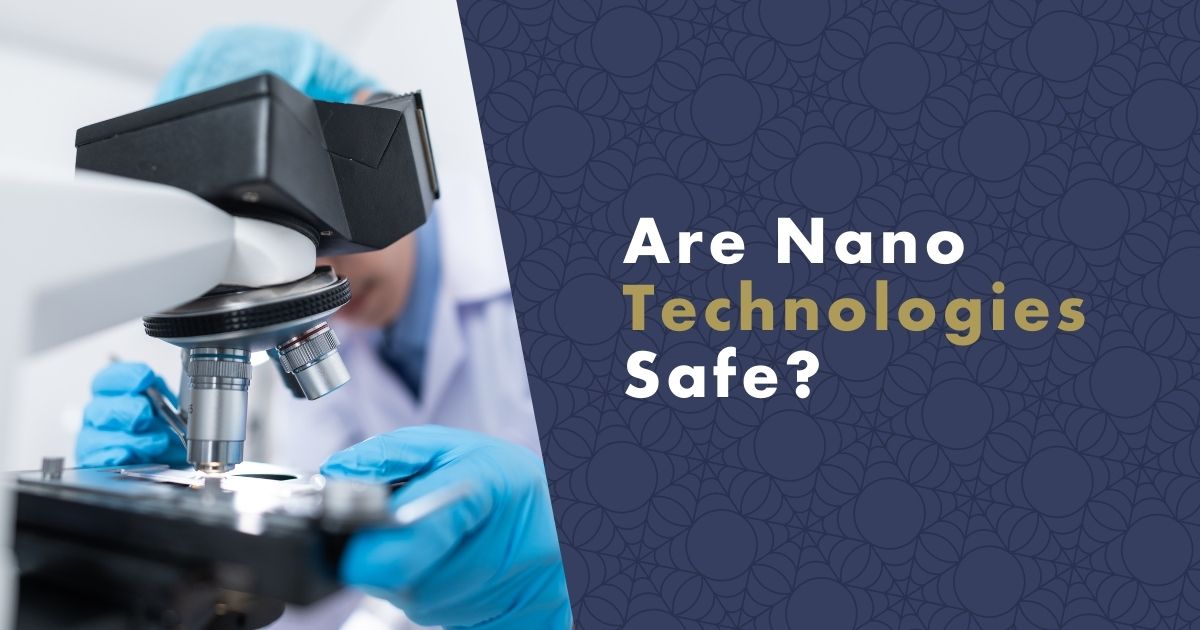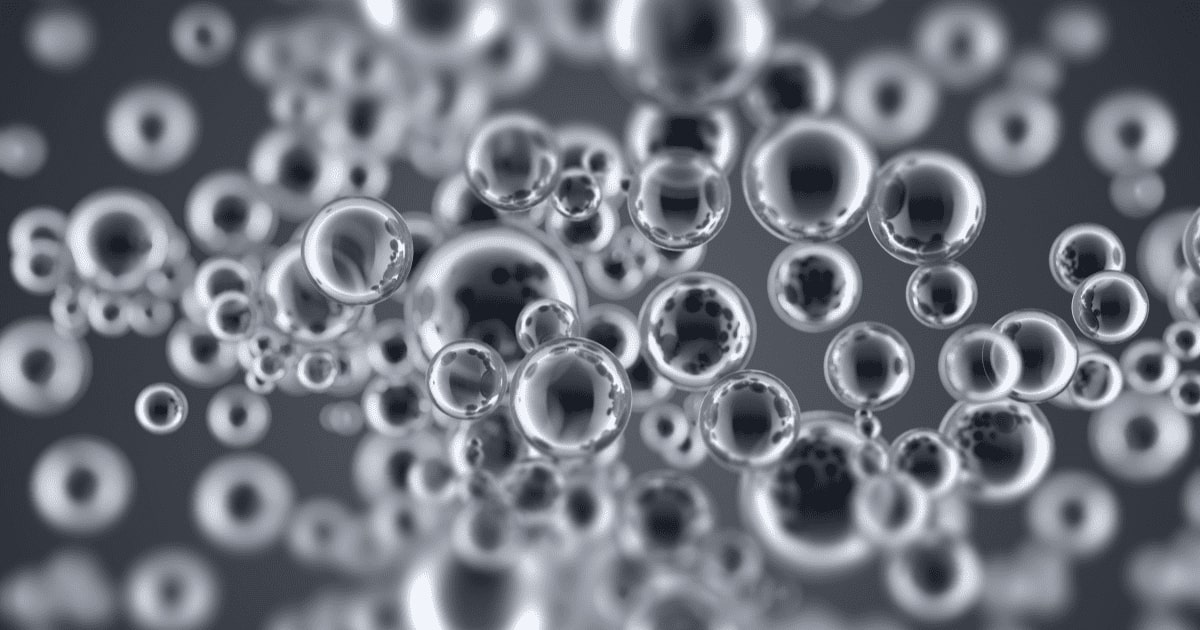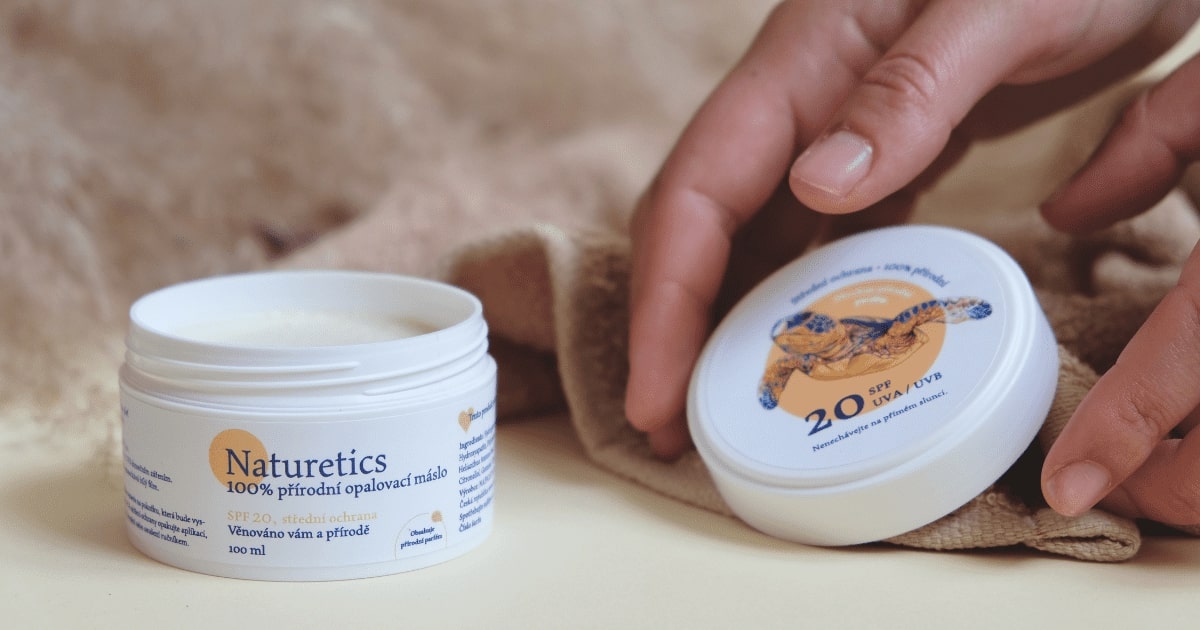Throughout history, anything new and unfamiliar has always triggered concerns and fears in humans; it's absolutely normal. Nanotechnologies, however, might be a newer topic in the media, but they have been present in nature since ancient times, as evidenced by fossil findings, and scientists have been studying them since the 70s. So, who is the world's biggest nanotechnologist? Nature itself, and most applications are actually inspired by phenomena we see all around us. By the way, you are currently inhaling plenty of nanoparticles. Do you feel safe? :)

What Are Nanotechnologies?
The prefix "nano," just like "micro" or "milli," indicates a scale. We're talking about materials whose structures range in dimensions from nanometers – from 1nm to 999nm. Nanotechnologies refer to technologies and processes that operate at this scale and are used today in various industries, from textiles to pharmaceuticals. Yes, even your smartphone contains something nano; otherwise, it wouldn't have such capacity and fit in your hand.

Believe it or not, Roman glassmakers were the first to use nanotechnology in the 4th century. They created mysterious Lycurgus cups that appear emerald green when illuminated from the outside, but turn red when a light source is placed inside. This effect is achieved by adding metal powders with particles on the nanoscale. However, active research into nanotechnology began in 1959, when Richard Phillips Feynman outlined his vision for the future use and controlled manipulation of atoms and particles.
Tip: Read the article to find out what nanotechnologies have in common with chocolate.
Where Are Nanotechnologies Used?
Nanotechnologies are used in energy, biotechnology, medicine, food industry, textile industry, and even optics. You can find them in nearly all industrial sectors. If you're reading this article on a smartphone, those tiny nano chips are there; otherwise, they couldn't be so small and powerful. Nanotechnologies are standard in computers and smartphones, not only in chips but also in displays. Nanotechnologies in display technologies fall into three broad categories: Organic LED diodes (OLED), electronic paper, and field emission displays. So, even your e-reader contains nano elements.
But What About Safety?
When we ask whether nanotechnologies are dangerous, it's like asking whether all plants are dangerous for humans. Just as there are edible and poisonous mushrooms, there are safe and beneficial nanomaterials, but of course, there are also nanoparticles that can be hazardous.
And in some cases, it's like salt – we need it, but in large quantities, it could harm us. Therefore, specific nanoparticles and nanofibers are always studied, and in some cases, their quantity is also considered.
TIP: Learn about nanofibers – the invisible miracle that protects and heals.
Safety of Nanofibers in Bedding
If you acquire nanoSPACE hypoallergenic bedding, you won't even notice that they contain nanofiber membranes. This membrane is securely laminated between two covering textiles, so you'll never come into contact with it. Moreover, it's made from ordinary fabric (PA6), which you might know from stockings. The only difference is that Czech scientists in Liberec have devised a method to create such small fibers – nanofibers – where both dust mites and allergens cannot pass through the membrane. So, even if you were to sleep directly on the membrane, nothing would happen. And the nanofibers themselves can never separate from the membrane.
#produkty#https://www.nanospace.store/anti-dust-mite-bedding/
Even though the diameters of nanofibers range from 90 – 250 nm, the length of a single nanofiber is on the scale of hundreds of micrometers to millimeters. If the membrane were not laminated between two cover textiles, it would crinkle, and these crinkles would be on a micrometer scale. If inhaled, we would handle them just like particles of dust. However, this is purely hypothetical, as even if you tried to cut our bedding, you would find it extremely difficult to separate the covering textile from the nanofiber membrane.
TIP: Find out about dust mites and their effects.
Nanofibers in Cosmetics and Medicine
In the Czech Republic, spinning has solved a fundamental problem – the need for preservatives in cosmetics. How? By producing cosmetic products based on nanofiber masks. These masks are created by spinning only active substances, which dissolve on the face upon contact with water.
It turns out that this has a fantastic side effect: active substances such as vitamin A, vitamin C, or hyaluronic acid are much better absorbed by the skin. These products are not only safe but are also much safer for people and the environment compared to traditional products. This technology was originally developed for faster wound healing.
TIP: Hyaluronic Acid: Which Products Are the Best?
Safety of Silver Nanoparticles in Clothing
Scientists have taken inspiration from nature for silver nanoparticles. Certain types of bacteria produce them when they encounter inorganic salts containing silver. Nature also forms them through the action of various proteins. For instance, cow's milk, from which relatively high-quality silver nanoparticles originate.
Silver nanoparticles are used in clothing primarily because they can neutralize sweat odors. Clothing from nanoSPACE by LADA and nanosilver have nanoparticles firmly embedded in the fibers. This means they are added to polyester before the fiber is manufactured. This technology prevents the release of nano silver from the clothing.
#produkty#https://www.nanospace.store/dresses/
Tip: In the next article, you'll learn about nanosilver and its 5 uses.
This guarantees a long-lasting effect and, of course, prevents the release of silver into water. This is the biggest concern when dealing with a large quantity of silver nanoparticles, making it important to choose products with nanoparticles firmly anchored in the fiber.
Self-Cleaning TiO2 Coatings
Nanostructures with self-cleaning effects can be observed in certain butterfly species. These nanostructures can also be created using special coatings containing titanium dioxide nanoparticles TiO2. But are they safe?
Once again, these coatings do not contain any free nanoparticles; they are firmly anchored within the structure of the special binder. If the surface layer is worn, relatively large particles of compact material larger than 100 nanometers detach from it.
#produkty#https://www.nanospace.store/fn-nano-coatings/
There is no reputable scientific study demonstrating the negative impact of titanium dioxide nanoparticles TiO2, at the concentrations encountered, on the health of humans, animals, or plants. People have been exposed to TiO2 nanoparticles for over a century.
These particles are a natural component of titanium white pigment, which is extensively used not only in paints and coatings but also as a food coloring in various food products.
Nano Zinc Oxide Sunscreens
Nano zinc oxide sunscreens are considered the best natural sunscreens, as they are more environmentally friendly than the non-nano form and can filter both UVA and UVB radiation.
TIP: Best Natural Sunscreen: How to Choose
However, there is an unfounded movement against all things nano, even though we've mentioned that we breathe in nanoparticles, right? :) Nano zinc oxide particles have been extensively studied and classified as completely safe for humans and the environment.
This is unsurprising, as zinc is naturally present in our bodies and is used in dietary supplements for improving skin and hair health.
The only thing to watch out for is the amount of zinc oxide in sunscreen. It shouldn't exceed 25%. However, there's little cause for concern, as using more would be akin to applying quarry dust rather than sunscreen.
TIP: Read about circular cosmetics in this article.
General Advice on Nanotechnology Safety
Never generalize nanotechnology. It is now a standard in science and research. Always consider the specific application.
In the Czech Republic and Europe, products undergo rigorous safety testing before entering the market. Therefore, exercise caution with products from Asia as well as the USA, where standards may differ.
In general, it holds true that if nanofibers or nanoparticles are securely integrated into larger structures and do not release themselves indiscriminately into the surroundings, they cannot endanger either the environment or health.
Sources
- Maynard, A. D., Aitken, R. J., Butz, T., Colvin, V., Donaldson, K., Oberdörster, G., ... & Warheit, D. B. (2006). Safe handling of nanotechnology. Nature, 444(7117), 267-269.
- Monteiro-Riviere, N. A., & Oldenburg, S. J. (2010). In vitro skin toxicity of nanoparticles in relation to their physicochemical properties. Journal of environmental science and health. Part C, Environmental carcinogenesis & ecotoxicology reviews, 28(4), 231-244.
- Seabra, A. B., Durán, N., & Walter, M. G. (2014). Nano-technological strategies for combating cancer: non-toxic, targeted delivery systems. Nanomedicine: Nanotechnology, Biology and Medicine, 10(2), 359-369.
- Wang, J., Li, C., Peng, Q., & Li, Y. (2005). A general strategy for nanocrystal synthesis. Nature, 437(7055), 121-124.
- Wiesner, M. R., Lowry, G. V., Alvarez, P., Dionysiou, D., & Biswas, P. (2006). Assessing the risks of manufactured nanomaterials. Environmental Science & Technology, 40(14), 4336-4345.
- Kost, J. (2017). Nanobiotechnology applications in disease diagnosis and treatment. CRC Press.
- National Research Council. (2012). A research strategy for environmental, health, and safety aspects of engineered nanomaterials. National Academies Press.
- Nel, A., Xia, T., Madler, L., & Li, N. (2006). Toxic potential of materials at the nanolevel. Science, 311(5761), 622-627.
- Oberdörster, G., Oberdörster, E., & Oberdörster, J. (2005). Nanotoxicology: an emerging discipline evolving from studies of ultrafine particles. Environmental Health Perspectives, 113(7), 823-839.
- Ratner, M. A., & Ratner, D. (2017). Nanotechnology: A gentle introduction to the next big idea. Prentice Hall.


